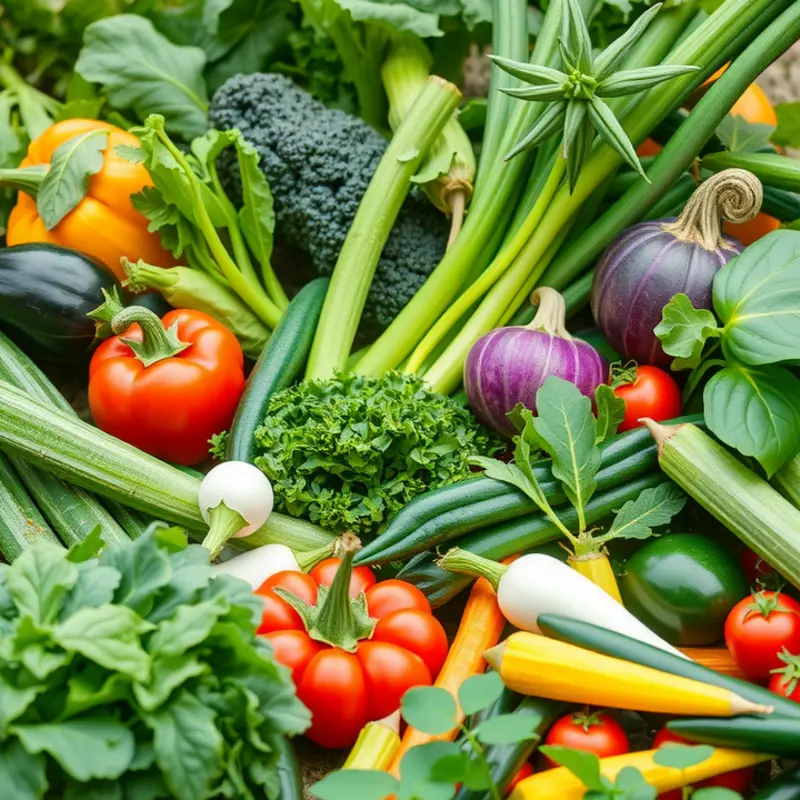Finding time to prepare healthy meals can feel like a daunting task, especially for busy individuals and families. Simplifying the process of meal planning and protein preparation not only saves time but also ensures that your meals are nutritious and satisfying. This guide offers practical methods to make protein preparation a breeze, enabling you to enjoy delicious and balanced meals without the stress.
Efficient Cooking Techniques for Protein

One effective strategy for busy families to streamline protein preparation is batch cooking. By preparing a large quantity of protein at once, you can reduce the time spent in the kitchen throughout the week. For example, roast a whole chicken or two and use it for various meals like salads, sandwiches, or pasta dishes. This method not only saves time but also ensures you always have a healthy option ready. When batch cooking, it’s essential to set aside a few hours during the weekend. Depending on your protein choice, cooking times will vary—roughly one to two hours for grilling or roasting. Use this time efficiently by simultaneously preparing accompanying vegetables or sides.
Marinating is another time-saving technique that enhances flavor and tenderness while cutting down on cooking time. A well-marinated piece of chicken or steak can be a dinner game-changer. Create a simple marinade using ingredients like olive oil, garlic, herbs, and lemon juice. Place the protein and marinade in a sealable bag in the fridge. Marinate for at least 30 minutes, but for optimal flavor, let it sit overnight. When the time comes to cook, your protein will require less than 20 minutes, depending on your method—grilling or pan-searing works best.
Meal assembly is a key method for organizing your weeknight dinners efficiently. Assemble meals by pre-cooking or pre-chopping ingredients that can be mixed and matched for different dishes. For example, prepare items like grilled chicken, boiled eggs, and legumes which can be stored separately. Throughout the week, these components can be easily transformed into a variety of meals like grain bowls, wraps, or stir-fries. This flexibility minimizes prep time each day, allowing families to enjoy a nutritious meal without extensive daily effort.
Incorporating these techniques into your meal routine not only saves time but also reduces mealtime stress. To complement your newfound efficiency, consider some eco-smart kitchen storage practices to maintain freshness and reduce waste. Optimizing storage can contribute to maintaining protein quality. By adopting these strategies, busy families can enjoy diverse, protein-packed dishes with minimal fuss, ensuring everyone from the fussiest eater to the gourmet critic is satisfied.
Meal Prep and Storage Techniques for Convenience

Meal prepping can be a game-changer in a busy family kitchen. By dedicating a little time to preparation, you can save countless minutes during the week. Start by choosing proteins that are versatile and easy to batch-cook, like chicken, turkey, tofu, or legumes. Cook larger quantities, and divide them into portions to match your family’s needs.
When dividing cooked proteins into portions, consider using airtight containers that stack neatly. This conserves precious fridge space and makes it easier to find what you need. Remember to take note of portion sizes. You could use meal prep containers with built-in compartments to keep meals balanced and portioned. Consider the nutritional requirements of your family members when deciding on portion sizes, adapting for kids or adults.
For proper storage, label each container with the contents and the date it was prepared. A clear, concise label ensures nothing lingers in the fridge past its prime. Utilize painter’s tape or resealable tags, making it easy to peel off for the next use. As a rule of thumb, refrigerate protein portions you plan to use within three to four days, and freeze the rest. Learn more about smart storage practices with this eco-smart kitchen storage guide.
When it comes to freezing, invest in high-quality freezer bags or vacuum-sealed packs. They help prevent freezer burn and preserve the flavor of your proteins. Flatten freezer bags before sealing; it’ll make them stack nicely and thaw quicker. Opt for portioning before freezing to avoid defrosting more than you need, reducing food waste significantly.
Plan a weekly or bi-weekly meal prep session. This dedicated time allows you to prepare without distractions. As you go through your meal prep, ensure a mix of proteins and recipes, so meals do not become monotonous. Rotating different seasoning blends and sauces can elevate simple ingredients. For ideas on flavor enhancement without adding salt, check out these flavor boosters.
Lastly, organize your meals by days and protein types in the fridge. A simple sticky note on the fridge door can help remind everyone what protein options are available each day, streamlining the meal decision process. This technique focuses on convenience and efficiency, making meal times more harmonious and less of a chore.
Implementing these storage and meal prep strategies means you always have a healthy meal option ready, making it easy to serve nutrition-packed dishes even on the most hectic days. Effectively managing your kitchen in this way allows your family to enjoy more meaningful time together, without the stress of last-minute meal planning.
Final words
By incorporating these simple protein preparation methods, busy individuals and families can take charge of their meal planning with ease. Preparing proteins in advance and utilizing effective cooking and storage techniques will not only save time but also enhance the nutritional quality of your meals. Remember, consistency is key. With just a little effort and planning, healthy meals can be at your fingertips, ready for any hectic week. So embrace these strategies, enjoy time with your loved ones, and make cooking a joyful part of your life.







